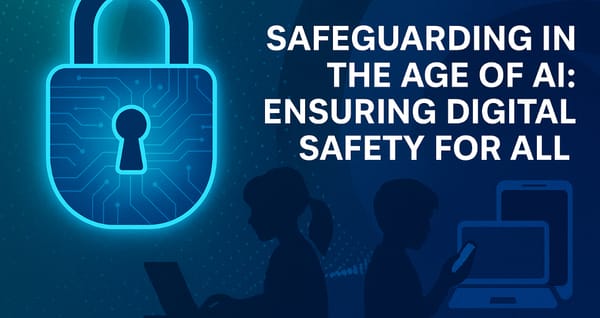Violence Against Women: An International Emergency on the Rise

The recently documented rise of violence against women represents a disturbing trend. It is not limited to a single country, but is a rampant issue worldwide. The National Police Chiefs’ Council in England has recently characterised this issue as a ‘national emergency’ based on a dramatic increase in cases of male violence against women.
According to the Council's analysis, an estimated 2 million women fall victim to male violence each year in England and Wales alone. This figure means that one in 12 women in these countries experience atrocities such as stalking, harassment, sexual assault, and domestic violence annually. In the last five years, the number of officially recorded offences has grown by a shocking 37% with the perpetrators significantly growing younger.
Maggie Blyth, the police national lead for Violence Against Women and Girls (VAWG), stated, “Violence against women and girls is a national emergency. We need the support and direction of government to intervene and address the current problems within the criminal justice system and lead the way on a whole-system approach to VAWG.”
According to the NPCC’s report, one in six homicides in England and Wales are linked to domestic abuse, equating to approximately 100 out of the 590 homicides recorded in the year leading up to March 2023. What's more, 20% of all police-recorded crimes, which is more than 1 million offences a year, count as VAWG. These figures make it abundantly clear that violence against women and girls is not an isolated issue but a global pandemic that needs immediate attention.
The world is gradually waking up to this urgent issue. This year, the Guardian launched “Killed Women Count” a project spotlighting every woman allegedly killed by a man throughout 2024, whose stories often go unnoticed.
Alarmingly, the average age of victims of child sexual abuse is 13, with suspects averaging only 15 years old. This indicates a growing trend of violence among our younger generations, a crucial point to address to halt the increasing cycle of violence against women.
Even as these statistics shed light on the severity of the situation, Louisa Rolfe, the national lead for domestic abuse and an assistant commissioner in the Metropolitan police, believes the real figure for victims is probably even higher as many offences go unreported. She estimates the number around 4 million.
A part of this rise can be attributed to the influence of internet and influencers such as Andrew Tate. Technology companies and internet platforms have been urged to act quicker to take down material promoting extreme behaviour.
This issue isn't confined to England and Wales. Across the world, the rise of violence against women is a nightmare that needs urgent intervention. In Brazil, for instance, violence against women has reached the highest levels on record. In Kenya, thousands have marched against femicide following a rise in killings.
The new prime minister, Keir Starmer, promises to halve VAWG within a decade, with taskforces in each police force including specialist domestic abuse workers responding to 999 calls. Other countries must also develop similar approaches and work collaboratively to address this global emergency.
This violence against women is not simply a law and order issue; it is a deep-rooted societal problem that must be addressed from multiple angles. Educational institutions, businesses, and governments worldwide must work together to create a safe environment for women.
To make the world a safer and more supportive space for survivors and potential victims of abuse, a multi-faceted approach is required. First, we must prioritise education and awareness campaigns that inform individuals about the signs of abuse and available resources. Training for law enforcement and healthcare professionals on trauma-informed care is essential to ensure victims receive compassionate and effective support. Additionally, community support networks should be strengthened to provide safe spaces where survivors can share their experiences without judgment. Governments must also invest in shelters and crisis services that can offer immediate assistance and long-term recovery programmes. By fostering a culture of respect and zero tolerance for violence, we can empower victims, reduce stigma, and ultimately, work towards eradicating violence against women altogether.
Conclusion
It is abundantly clear that violence against women is an urgent issue that demands immediate and sustained action. The alarming statistics reflect not only a societal failure to protect vulnerable individuals but also a pressing need for reform across all sectors. Now is the time for us to come together and foster a collective commitment to change. As advocates, allies, and citizens, we have the power to drive this transformation, ensuring that every woman can live free from fear and violence. It is our responsibility to raise our voices, challenge harmful behaviours, and support policies that prioritise the safety and dignity of women everywhere. Together, we will be an integral part of the change that is long overdue.





